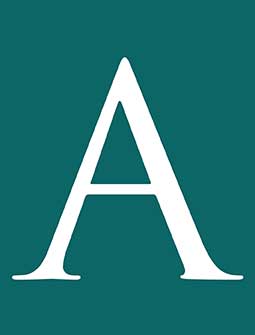
The IRS issued final regulations implementing changes to Sec. 274 that disallow a deduction for the expense of any Sec. 132(f) qualified transportation fringe (QTF) provided to an employee, effective for amounts paid or incurred after Dec. 31, 2017 (T.D. 9939). The changes were enacted in the law known as the Tax Cuts and Jobs Act (TCJA), P.L. 115-97. The regulations provide guidance to determine what QTF expenses are nondeductible and how to apply certain exceptions under Sec. 274(e) that may allow QTF expenses to be deductible. The final regulations make a few changes to the proposed rules (REG-119307-19) in response to comments received.
Parking
If a taxpayer pays a third party for its employee’s QTF, the Sec. 274(a)(4) disallowance is generally calculated as the taxpayer’s total annual cost of the QTF paid to the third party. With regard to QTF parking expenses, the regulations provide that if the taxpayer owns or leases all or a portion of one or more parking facilities, the Sec. 274(a)(4) disallowance may be calculated using a general rule or any one of three simplified methods.
One change to the proposed regulations made in response to a comment was to clarify that cars parked at a car repair shop are treated as owned by the general public. Therefore, parking spaces that are used to park vehicles owned by members of the general public while the vehicles await repair or service on the taxpayer’s premises also are treated as provided to the general public.
The regulations also include a special rule for certain mixed parking expenses to reduce administrative burdens for taxpayers and simplify calculations. The final regulations further simplify these rules.
The rules extend the 5% optional rule for allocating certain mixed parking expenses to the general rule as a further attempt to reduce administrative burdens for taxpayers and to simplify calculations in complying with Sec. 274(a)(4). The optional rule for allocating certain mixed parking expenses can be used in applying the general rule, the primary use methodology, and the cost per space methodology. In addition, this optional rule may be used by taxpayers using the qualified parking methodology, but solely for determining total parking expenses. This optional rule may be used to determine total parking expenses under any of the parking methodologies permitted in either the proposed or final regulations.
Transportation and commuting expenses
The regulations include rules addressing the disallowance of deductions for expenses for transportation in a commuter highway vehicle and transit pass QTFs.
Regs. Sec. 1.274-14 addresses transportation and commuting expenses paid or incurred by an employer. Sec. 274(l), added by the TCJA, disallows deductions for any expense incurred to provide transportation, or any payment or reimbursement for transportation, to an employee of the taxpayer in connection with travel between the employee’s residence and place of employment, except as necessary for ensuring the safety of the employee. The regulations define “residence” and “safety of the employee” for these purposes.
In one change in response to a comment, the regulations remove the reference to a transportation hub in the proposed regulations and instead explain that travel between the employee’s residence and place of employment is not affected by using different modes of transportation, or by whether the employer pays for all types of transportation during the commute. The final regulations also clarify that the disallowance under Sec. 274(l) does not apply to business expenses under Sec. 162(a)(2) paid or incurred while traveling away from home.
The final regulations also clarify the terms “safety of the employee”; define “employee,” which was not defined in the proposed regulations; and add a rule related to COVID-19 permitting a special method for determining peak demand period during a federally declared disaster.
Effective date
The regulations are effective when they are published in the Federal Register. (They have been submitted to the Office of the Federal Register but have not yet been scheduled for publication.) Taxpayers may choose to apply Regs. Sec. 1.274-13(b)(14)(ii) (the optional rule to determine peak demand period during federally declared disasters) to tax years ending after Dec. 31, 2019.
— Sally P. Schreiber, J.D., (Sally.Schreiber@aicpa-cima.com) is a Tax Adviser senior editor.
Leave a Reply